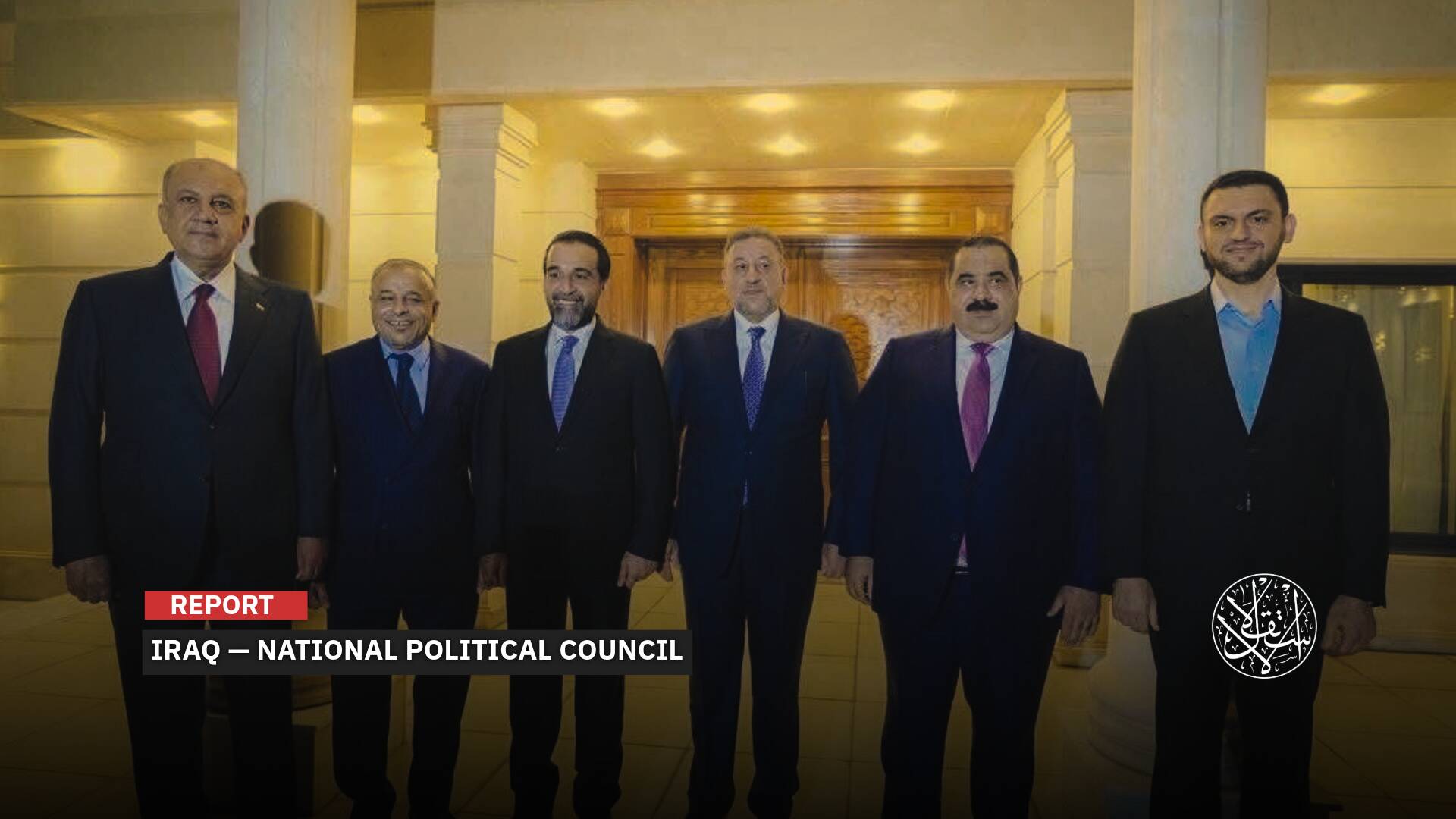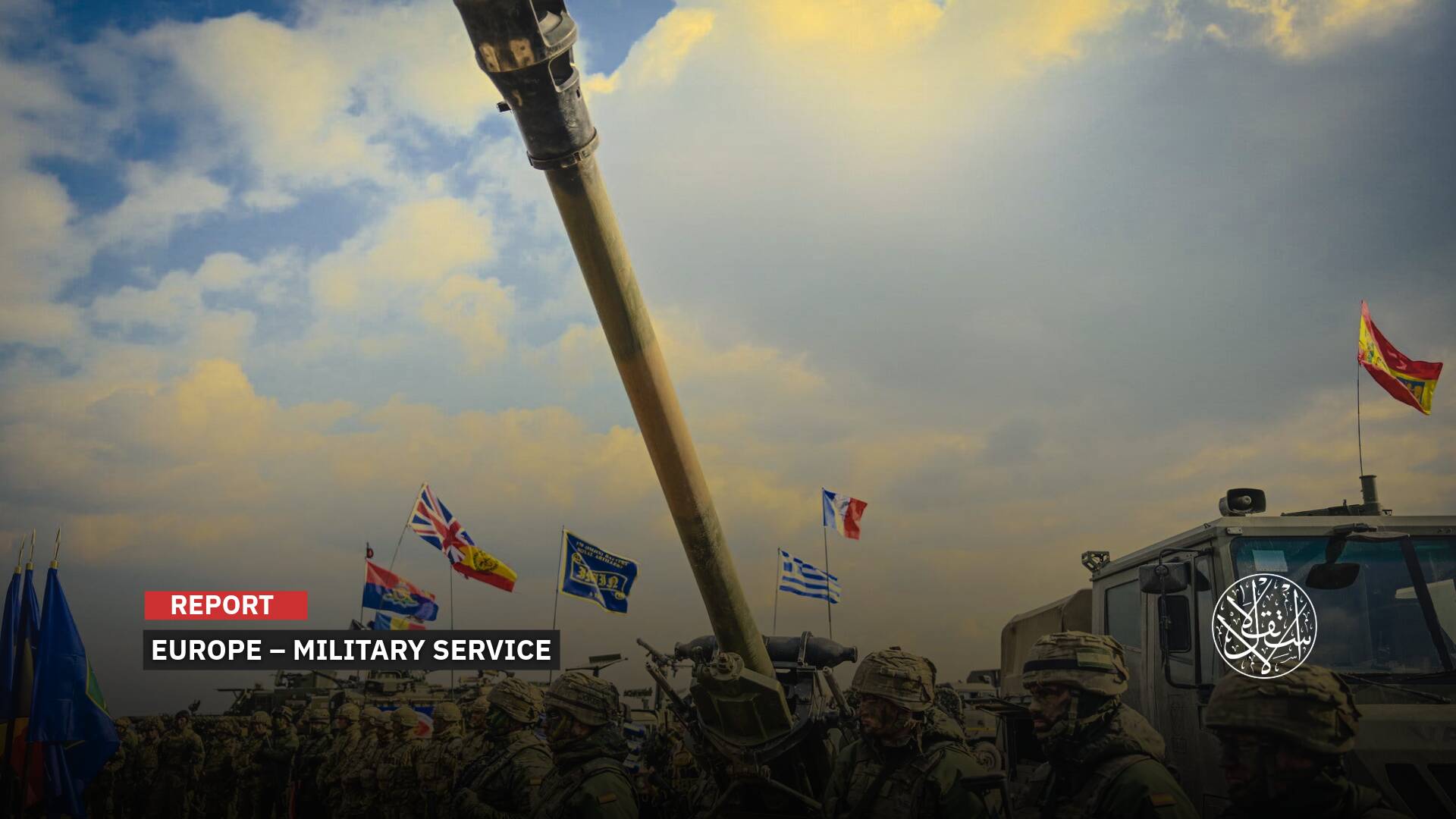How 'Power of Siberia-2' Gas Pipeline Opens New Page in Global Gas Market

China views Russian gas as a secure supply source.
On December 1, 2019, Presidents Vladimir Putin and Xi Jinping marked a significant milestone with the commencement of the first Russian gas flow from Eastern Siberia to the Chinese border via the 3,000-kilometer Power of Siberia 1 pipeline.
This ambitious endeavor, spearheaded by Russian energy giant Gazprom, boasts a full capacity of 38 billion cubic meters per year.
This pipeline represented a triumph in Russo-Chinese relations and an opportunity to deepen their energy cooperation.
‘Power of Siberia 2’
To further capitalize on this momentum, Russia proposed the construction of a second pipeline, the “Power of Siberia 2,” specifically designed for the Chinese market.
This project, currently Russia’s most significant infrastructure undertaking, carries an estimated cost of $13.6 billion.
The Power of Siberia 2 pipeline aims to transport gas from the Yamal Peninsula in western Siberia through eastern Mongolia to China. Upon its completion, the 3,550-kilometer project is expected to deliver 50 billion cubic meters of gas annually to northern China by 2030.
While the project promises substantial benefits, especially for China, it carries profound strategic and geopolitical implications.
For Moscow, it signifies a crucial strategic link with China and an alternative route for gas exports traditionally bound for Europe.
For Beijing, the world’s largest energy consumer, it is a means to satisfy its voracious gas demand.
Construction of the Mongolian segment of the pipeline was scheduled to begin in early 2024.
However, negotiations have been inconsistent, with progress stymied by disputes, notably over pricing terms that Moscow finds unacceptable.
The geopolitical landscape shifted dramatically following Russia’s invasion of Ukraine, leading to a collapse in its gas exports to Europe.
This has prompted Putin to push for the pipeline’s completion with renewed urgency, even at the cost of making concessions previously off the table before the Ukraine conflict.
In a bid to advance the project, Putin sought to persuade Xi Jinping during a visit to Beijing last May.
Despite the high-level discussions, no final agreement was reached, and the Power of Siberia 2 pipeline was conspicuously absent from the joint Russia-China statement.
China remains the main impediment to the project's progress, with negotiations complicated by the ongoing war in Ukraine.
Beijing's concerns have evolved beyond just securing favorable terms and low prices.
Although the project presents a significant opportunity for Beijing, Xi Jinping has proven to be a hard negotiator, leveraging the situation to his advantage.
Despite public displays of camaraderie and declarations of “unlimited friendship,” Xi is carefully biding his time, enhancing his bargaining position.

Russia’s Goals
The Power of Siberia 2 project has long been a priority for Moscow, but its urgency has escalated, especially as Russia struggles to replace the lost European market, making China the sole viable alternative.
Moscow views gas as a powerful geopolitical tool, integral to Putin’s strategy of leverage.
Given Russia's constrained circumstances and limited options, the Power of Siberia 2 project is a logical decision.
Russia’s energy strategy through 2035 emphasizes securing gas flows away from Western markets and towards Asia. There is already significant potential to extend the Power of Siberia 1 pipeline to Japan and South Korea.
The Power of Siberia 2 pipeline will reshape political and economic relations between Russia and China, potentially representing a geopolitical victory for Moscow by reinforcing its strategic alliance with Beijing.
The Power of Siberia 2 pipeline is designed to transport over 50 billion cubic meters of gas annually to China, supplementing the 40 billion cubic meters provided by Power of Siberia 1, thereby meeting a quarter of China’s current gas needs.
For Gazprom, this pipeline would be a lifeline, potentially compensating for the substantial reduction in European market share—Russian gas flows to Europe have plummeted by more than 80% since the Ukraine invasion.
Additionally, Russia stands to gain a new customer in Mongolia. For context, in 2021, the EU purchased 155 billion cubic meters of Russian gas.
Moreover, Moscow is now encountering significant difficulties in shipping its gas and is increasingly turning towards Asia, particularly China.
With ongoing military operations in Ukraine and extensive resource expenditures, the new pipeline promises a stable revenue stream.
While Power of Siberia 2 may not rival the value and scale of Soviet-era pipelines, it represents Russia’s best alternative amidst war and economic sanctions.
Analysts assert that the only way Russia can offset the loss of the European market is through Power of Siberia 2, although the project remains stalled as China has yet to agree, despite numerous incentives offered by Moscow.

China Benefits
Political researcher Nasr Sayed said that China views Russian gas as a secure supply source, preferring it over sea routes that could be disrupted by geopolitical or military tensions.
While China can be a tough negotiator, it recognizes Russia as a more geopolitically aligned partner compared to Europe.
“Moreover, Russian gas supplies are cheaper and bolster China’s energy security. This gas could replace coal-fired power plants or serve as a strategic reserve,” Sayed told Al-Estiklal.
Overland gas transport via Russia is cheaper, easier, and safer than from the distant Middle East. China’s gas consumption is projected to rise from 307 billion cubic meters this year to 510 billion cubic meters by 2030.
“Negotiations over the Power of Siberia 2 have revealed China’s unwillingness to heavily invest in Russia or enable it to gain too much power,” Sayed added.
China is wary of over-relying on Russian gas, which could expose it to future blackmail similar to Russia's tactics with Europe.
This reliance contradicts China’s long-term strategy of energy diversification and self-sufficiency, aiming to reduce dependence on a single source.
“China is cautious about over-reliance on one supplier so it will not risk concentrating its gas imports in one basket. Consequently, China has developed a series of strategic gas import pipelines, including routes from Central Asia, Myanmar, and Russia, as well as new pipelines from Turkmenistan,” Sayed noted.
China has ample gas supplies and knows that Russia needs the Power of Siberia 2 pipeline more urgently.
Beijing is prolonging negotiations to extract greater concessions, leveraging Russia’s isolation and economic struggles.
Despite the “friendship without borders” rhetoric, China is capitalizing on its stronger negotiating position, seeking to have Russia bear more construction costs and offer tax breaks, similar to the Power of Siberia 1 deal.
Additionally, “China is cautious about damaging its relations with the United States and Europe. A gas pipeline with Russia could shift the energy balance, giving China access to cheap Russian gas while Europe faces higher prices, potentially increasing European dependence on Chinese products,” Sayed said.
“Aligning too closely with Russia could jeopardize China’s economic ties with the West,” Sayed concluded.











